How does something as essential as inflammation, vital for healing, sometimes is portrayed negatively? Inflammation is your body's natural response to injury or infection, a process that helps in tissue repair and pathogen removal.
Short-term inflammation, like swelling and redness from a cut, is typically brief. However, when inflammation persists and becomes chronic, it can lead to tissue damage and various diseases. Chronic inflammation is implicated in over half of global deaths and is a significant factor in health issues. Despite its necessity for survival, excessive or prolonged inflammation can be detrimental.
It can lead to various health conditions such as type 2 diabetes, autoimmune disorders and cancer, ultimately shortening lifespan and health span. So, while inflammation is a vital defence mechanism, keeping it in check is crucial for overall health.
Finding Answer To “What is inflammation?”
Inflammation is a vital component of the body's defence mechanism, responding to illness, injury, or foreign substances like germs or toxins. It is a crucial process that allows the body to heal and protect itself. For example, when you have a fever during illness, it indicates that your body's inflammatory system is working to fight off the infection.
When the body detects an invader or experiences injury, the immune system releases inflammatory cells and cytokines. These substances initiate an inflammatory response, which helps to contain germs or toxins and start the healing process in injured tissues. Symptoms like pain, swelling, or discolouration are signs that the body is actively healing itself. However, inflammation can become harmful if it occurs in healthy tissues or persists for an extended period.
To reduce inflammation, it's essential to maintain a healthy lifestyle, including a balanced diet, regular exercise, and managing stress. Understanding the role of inflammation in the body and how to manage it can significantly impact healthy ageing.
Types Of Inflammation
Inflammation is classified into three main types based on the duration and severity of the inflammatory response: Acute, subacute and chronic.
- Acute Inflammation: This is immediate, controlled response inflammation that typically occurs for a short duration but is often severe, with symptoms appearing quickly. It is short-term and usually resolves in 2 weeks or less once the underlying cause, such as injury, infection, or exposure to harmful substances, subsides. (Pahwa et al., 2023)

- Subacute Inflammation: Subacute inflammation represents a transitional phase between acute and chronic inflammation, typically lasting around 2–6 weeks. It occurs when acute inflammation does not fully resolve after the initial 2-week period. If acute inflammation persists beyond six weeks, it may progress to chronic inflammation.
- Chronic Inflammation: It is a slower, generally less severe form of inflammation that lasts longer than 6 weeks. It is often linked to autoimmune disorders and prolonged stress. In chronic inflammation, the inflammatory process can begin without an injury, and it does not resolve on its own. (Pahwa et al., 2023)

Reducing inflammation, especially chronic inflammation, is crucial for maintaining overall health and preventing the development of chronic diseases.
Causes Of Inflammation
Below are the causative sparks that ignite inflammation, each with its way of setting the body's defences into motion. From increased blood flow to hormonal triggers, these causes of inflammation play a pivotal role in the inflammatory process:
Acute Inflammation
- Exposure to toxins or allergens
- Tissue Injuries
- Acute infections such as bacterial/ viral
- Foreign particle ingestion
Chronic Inflammation
- Sensitivity to external triggers
- Long-term, low-level exposure to irritants
- Autoimmune disorders
- Autoinflammatory diseases
- Persistent acute inflammation
Several factors can increase the risk of acute or chronic inflammation, including age, obesity, poor diet, hormonal imbalances, stress, and health conditions. Chronic inflammation is associated with diseases such as asthma, rheumatoid arthritis, and certain cancers.
One key factor in inflammation is increased blood flow to the affected area, which allows inflammatory mediators to reach the tissue and initiate the healing process. Hormones play a role in this process, triggering nerves to signal to the brain. Bradykinin and histamine are the inflammatory mediators that are involved in inflammation, making it easier for immune system cells to signal more cells to the affected tissue. This signalling cascade leads to the influx of more immune cells and fluids into the area, resulting in swelling. As the fluid eventually leaves the affected area, the swelling subsides. This pain response serves as a protective mechanism to protect the inflamed area from further damage.
Inflammaging: Ageing’s Silent Partner
In the study of healthy ageing, researchers have identified three categories of hallmarks of ageing that are interconnected in a hierarchical manner: primary hallmarks, antagonistic hallmarks, and integrative hallmarks. The primary hallmarks initiate ageing, with damages accumulating over time. Antagonistic hallmarks become destructive which were initially beneficial as a result of damage from primary hallmarks. Integrative hallmarks emerge as clinical features when the accumulated damage surpasses the body's homeostasis mechanisms. And inflammaging is one such integrative hallmark. (Tartiere et al., 2024).
Inflammaging, a term introduced to explain ageing in the context of chronic, low-level inflammation and weakened immune function, is seen as an evolutionary perspective on immunosenescence.
This phenomenon has systemic effects and contributes to various age-related diseases like arteriosclerosis, neuroinflammation, and osteoarthritis. Elevated levels of inflammatory markers, such as IL-6 and CRP, are associated with higher mortality rates in ageing populations.
This chronic, low-grade inflammation not only affects the immune system but also damages healthy cells and stem cells, accelerating the ageing process. Therefore, it’s quite important to monitor inflammatory markers like CRP, TNFa, and IL-6 which can provide insights into the inflammatory status and potential health risks associated with ageing. Understanding and managing inflammaging could be key to promoting healthy ageing and preventing age-related diseases.
Causes Triggering Inflammaging
Inflammaging associated with ageing stems from various causatives that contribute to its complex nature. These are nothing but hallmarks of ageing which are closely knitted with its occurrence:
Cellular Senescence: Cells can enter a senescent state due to factors like telomere shortening, DNA damage, and inflammatory cytokines. As we age, the immune system's ability to clear these cells declines, leading to their accumulation in tissues. Senescent cells secrete inflammatory cytokines, known as the senescence-associated secretory phenotype (SASP), contributing to inflammaging.
Microbial Burden: The decline in the effectiveness of oral and gut mucosa barriers with age allows for increased microbial burden. Periodontal disease, a gum infection, for instance, contributes to inflammaging by generating chronic, low-grade inflammation. In the gut, the decline in microbiome diversity with age allows harmful bacteria to increase, promoting inflammation. Beneficial bacteria decline with age, further increasing inflammation. Maintaining gut microbiome diversity has been linked to inflammation and health.
Immunosenescence: The age-related decline in the immune system referred to as immunosenescence, leads to inappropriate immune responses and persistent inflammation. This decline increases vulnerability to infections, autoimmune reactions, and cancer while decreasing response to vaccinations and disrupting wound healing. Chronic inflammatory diseases accelerate immunosenescence, creating a cycle of increasing inflammation. Persistent infections, such as CMV and Epstein–Barr virus, also contribute to immunosenescence, further linking it to microbial burden.
Cellular Debris: Improper cell destruction and clearance during ageing result in the accumulation of cell debris, triggering the innate immune system and leading to persistent inflammation and health decline. Mitochondrial-derived damage-associated molecular patterns (DAMPs), released by aged and damaged mitochondria, have been of particular interest due to their involvement in inflammaging. These DAMPs interact with receptors, increasing inflammatory responses similar to those caused by pathogens. Improper clearance of cell debris disrupts tissue repair, impairing regeneration in tissues like nerve tissue.
By targeting these sources, it may be possible to reduce inflammation levels and delay the onset of age-related diseases.
Conclusion
The link between inflammation and ageing, known as inflammaging which is the integrative hallmark of ageing, underscores the importance of managing inflammation for overall health. As we age, the body's inflammatory response can become dysregulated, leading to chronic, low-grade inflammation that contributes to the development of age-related diseases.
Lifestyle habits play a crucial role in controlling inflammaging and reducing the associated health risks. Longevity supplements like resveratrol, or senolytic activators known for their anti-inflammatory properties, may also help manage inflammation.
As we continue to unravel the complexities of inflammaging, the question of how best to control it remains. Can we develop personalised strategies to manage inflammaging based on individual health profiles and genetic predispositions? Can incorporating targeted interventions early in life delay the onset of inflammaging?
FAQs
What is the cause of inflammaging?
Inflammaging is caused by the accumulation of senescence cells, cell debris, gut dysbiosis, and immunosenescence. These factors contribute to chronic, low-grade inflammation associated with ageing.
How to reduce inflammation in the body?
To reduce chronic inflammation, consider dietary changes by adopting an anti-inflammatory diet rich in antioxidants and polyphenols. Regular exercise, stress management, and maintaining a healthy weight also play key roles in managing inflammation.
Is inflammation a hallmark of ageing?
Yes, inflammaging is considered a hallmark of ageing, particularly integrative hallmarks representing the chronic, low-level inflammation and weakened immune function that occurs with age. It is a significant contributor to age-related health problems.
What are the signs of inflammation in the body?
Signs of inflammation include pain, heat, redness, swelling, and loss of function. Additionally, symptoms like joint or muscle pain, chronic fatigue, depression, anxiety, and insomnia can also indicate inflammation in the body.
Does resveratrol reduce inflammation?
Yes, resveratrol is one of the longevity supplements that can reduce inflammation by suppressing the production of reactive oxygen species (ROS) and nitric oxide (NO). These actions help counteract oxidative stress, a major contributor to chronic inflammation and various age-related diseases like cancer and diabetes.
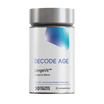
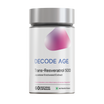
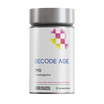
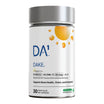
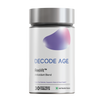
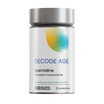
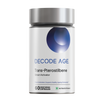
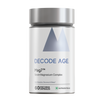

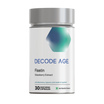
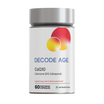

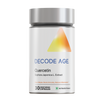
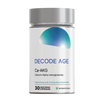
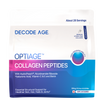
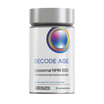
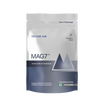

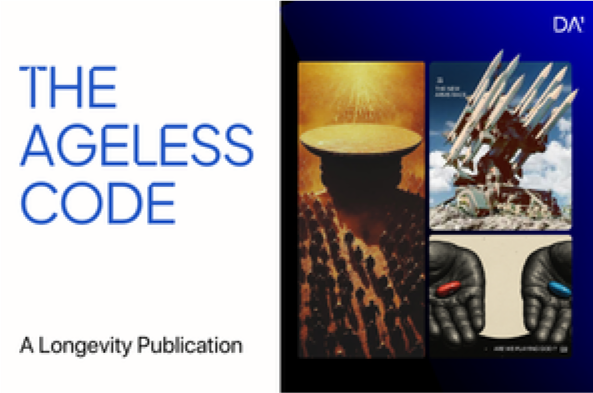



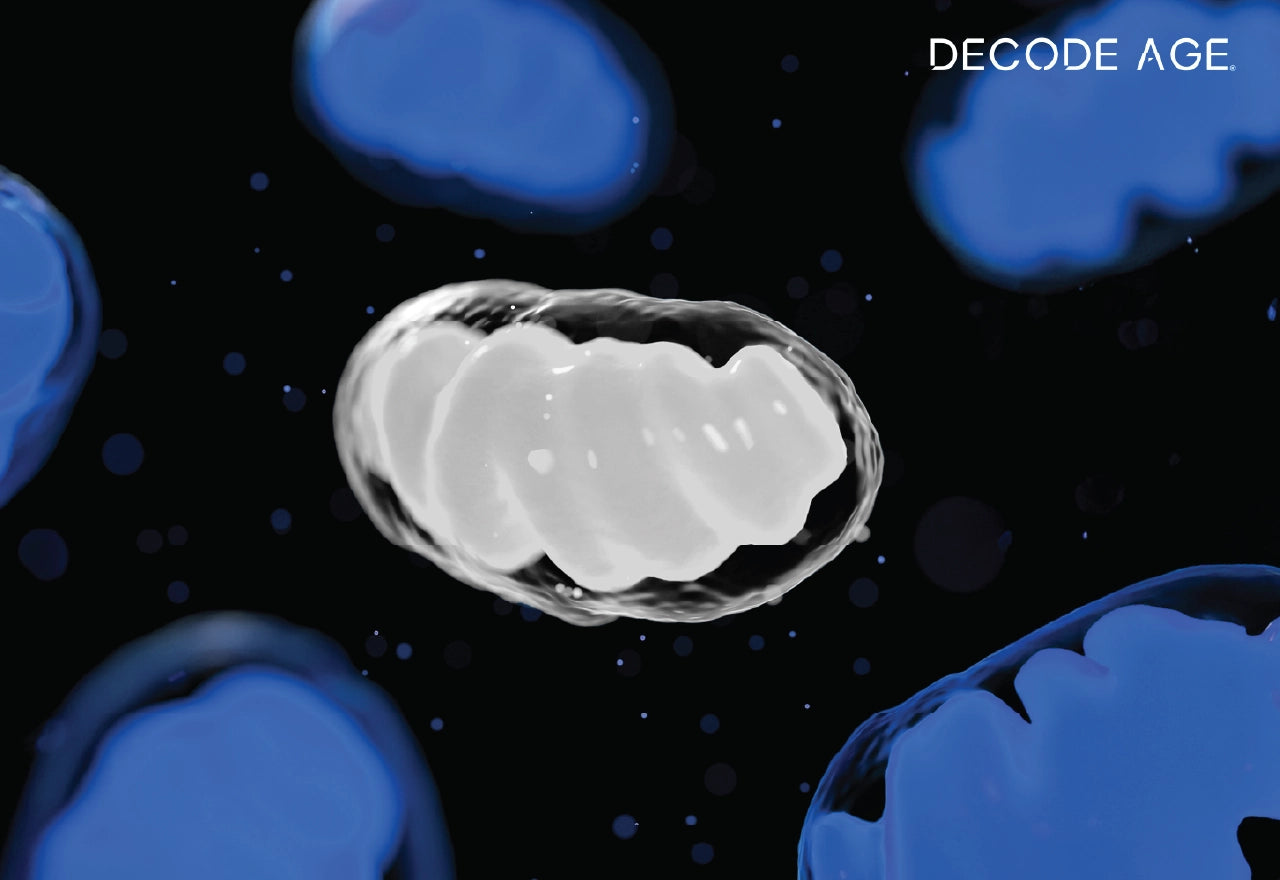
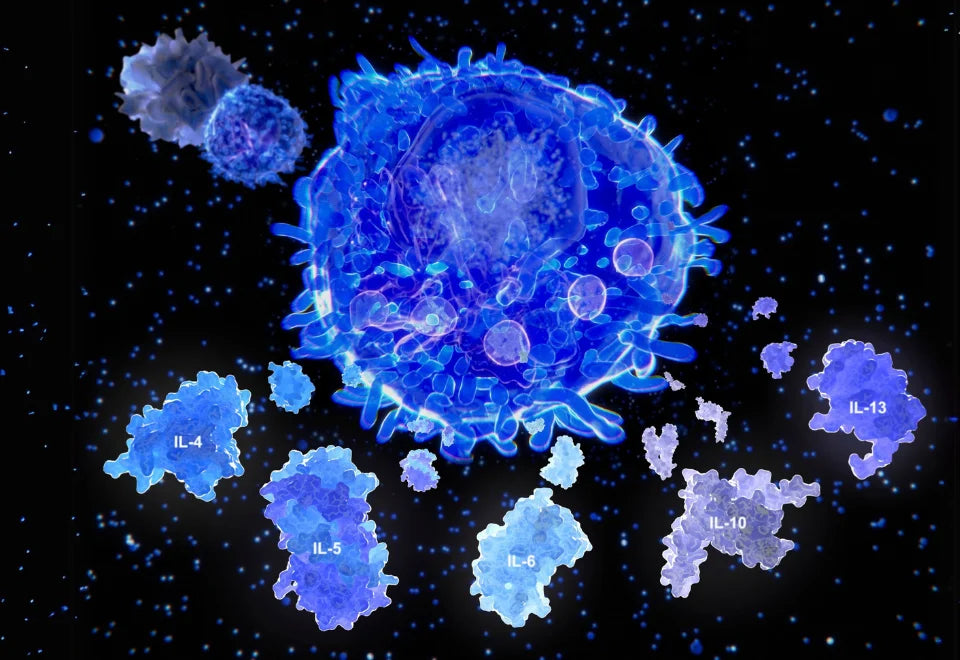


Leave a comment
All comments are moderated before being published.
This site is protected by hCaptcha and the hCaptcha Privacy Policy and Terms of Service apply.